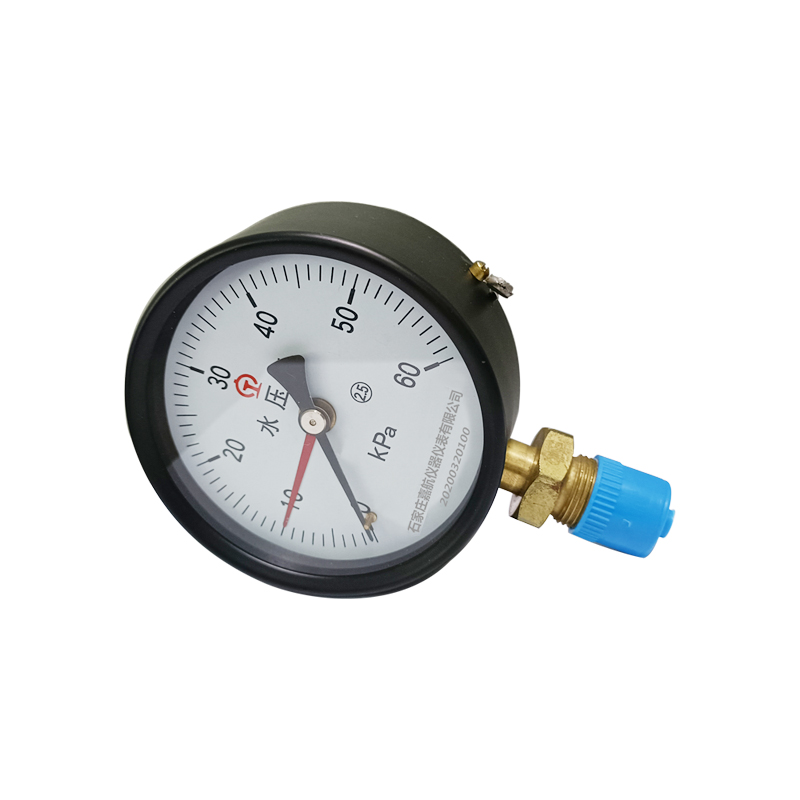
Dec . 04, 2024 05:09 Back to list
Fire Pump Pressure Gauge for Discharge Monitoring and System Efficiency Analysis
Understanding Fire Pump Discharge Pressure Gauges
Fire pumps play a critical role in ensuring adequate water supply for fire suppression systems, especially in large commercial or industrial buildings. A key component in the operation and management of these fire protection systems is the discharge pressure gauge. This article will explore the purpose, functionality, and importance of discharge pressure gauges in fire pump systems.
What is a Fire Pump Discharge Pressure Gauge?
A fire pump discharge pressure gauge measures the water pressure that the pump generates when it discharges water. This measurement is typically expressed in pounds per square inch (PSI). The gauge provides vital information regarding the pump's operational status, ensuring it functions within acceptable limits to provide sufficient pressure for fire suppression systems.
Why are Discharge Pressure Gauges Important?
The primary significance of a discharge pressure gauge lies in its role in monitoring the efficiency and reliability of fire pump systems. Here are several reasons why these gauges are essential
1. Performance Monitoring The discharge pressure gauge allows operators to monitor the performance of the fire pump in real time. A drop in pressure could indicate a malfunction or blockage within the system, prompting immediate investigation and maintenance.
2. System Design Verification Properly designed fire protection systems are calibrated to specific pressure requirements. The discharge pressure gauge helps in verifying whether the system is functioning within these parameters, ensuring that it is capable of delivering the necessary flow rate in an emergency.
3. Regulatory Compliance Various fire safety codes and standards, such as the National Fire Protection Association (NFPA) regulations, mandate that discharge pressure gauges be installed and maintained. Compliance with these requirements contributes to the overall safety of a building and its occupants.
4. Operator Awareness For those responsible for operating fire protection systems, having immediate access to discharge pressure readings helps maintain a high level of preparedness. A pressure gauge that shows low readings can alert operators to take preventive actions before a fire emergency occurs.
How Does a Discharge Pressure Gauge Work?
fire pump discharge pressure gauge

Typically, a fire pump discharge pressure gauge consists of a dial that displays pressure readings and a sensing mechanism that detects pressure changes within the system. The most common types of pressure gauges used include mechanical, digital, and electronic gauges.
1. Mechanical Gauges These gauges operate on the principle of Bourdon tubes, which deform under pressure. The movement of the tube drives a needle across a calibrated dial, providing a pressure reading. These gauges are durable and require little maintenance.
2. Digital Gauges Digital pressure gauges provide precise electronic readings and can display pressure in various units. They often include features such as data logging, alarms, and remote monitoring capabilities, making them suitable for complex fire protection systems.
3. Electronic Gauges These are more advanced and offer features like wireless connectivity and integration with building management systems. Electronic gauges can provide automatic updates to monitoring centers, ensuring that any irregularities are detected promptly.
Maintenance of Discharge Pressure Gauges
To ensure the reliability and accuracy of discharge pressure gauges, regular maintenance is crucial. This includes
- Calibration Gauges should be calibrated periodically to ensure accuracy. Over time, mechanical components can wear, resulting in erroneous readings. - Inspection Regular visual inspections can help identify any physical damage, leaks, or wear and tear that may affect the gauge's performance.
- Testing Routine testing of the fire pump system, including the discharge pressure gauge, helps ensure that all components are functioning as intended.
Conclusion
In conclusion, fire pump discharge pressure gauges are indispensable elements in fire protection systems. They provide real-time data crucial for monitoring the performance of fire pumps, ensuring compliance with safety regulations, and enhancing operator awareness. Proper understanding, maintenance, and operation of these gauges are essential in achieving optimal fire safety and protection in buildings, ultimately safeguarding lives and property in the event of a fire emergency. Understanding their importance allows facility managers and emergency responders to ensure that fire protection systems are always ready to perform when needed the most.
-
High-Precision Mass Diaphragm Pressure Gauge - Reliable & Durable Solutions
NewsJun.10,2025
-
Explain Diaphragm Pressure Gauge Expert Guide, Top Manufacturers & Quotes
NewsJun.10,2025
-
Affordable Differential Pressure Gauge Prices in China Top Manufacturers
NewsJun.10,2025
-
Reliable Water Fire Extinguisher Pressure Gauges for Safety
NewsJun.10,2025
-
Durable Diaphragm Protection Pressure Gauges Get Quote
NewsJun.09,2025
-
WIKA Differential Pressure Gauge with Switch Reliable Monitoring & Control
NewsJun.09,2025
